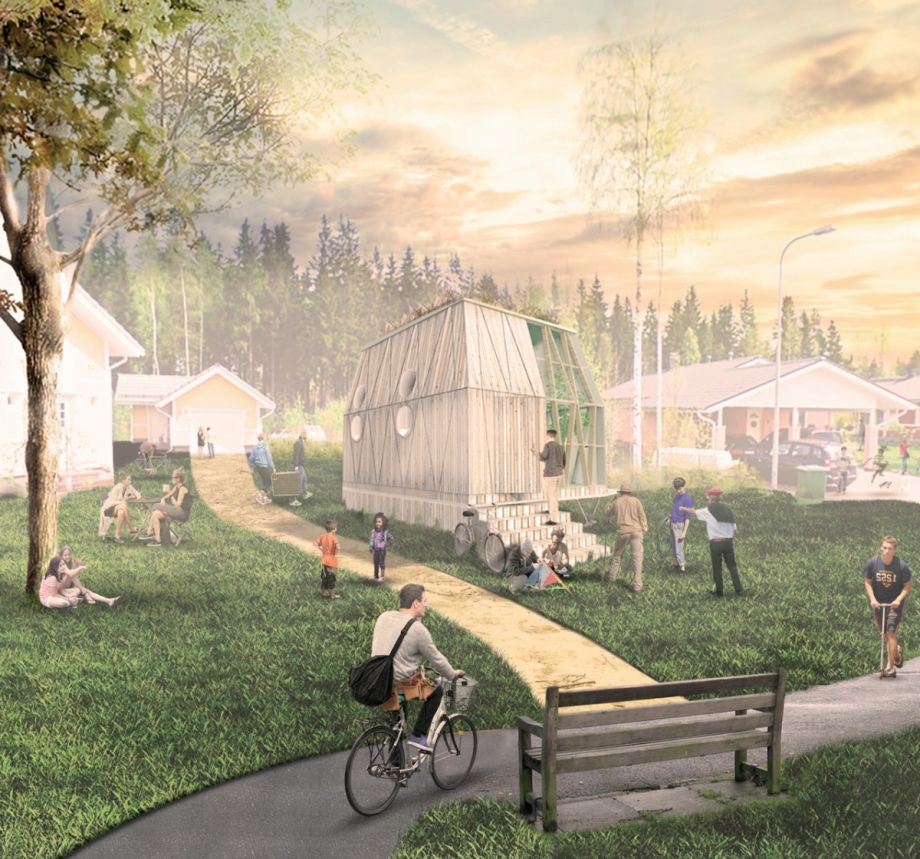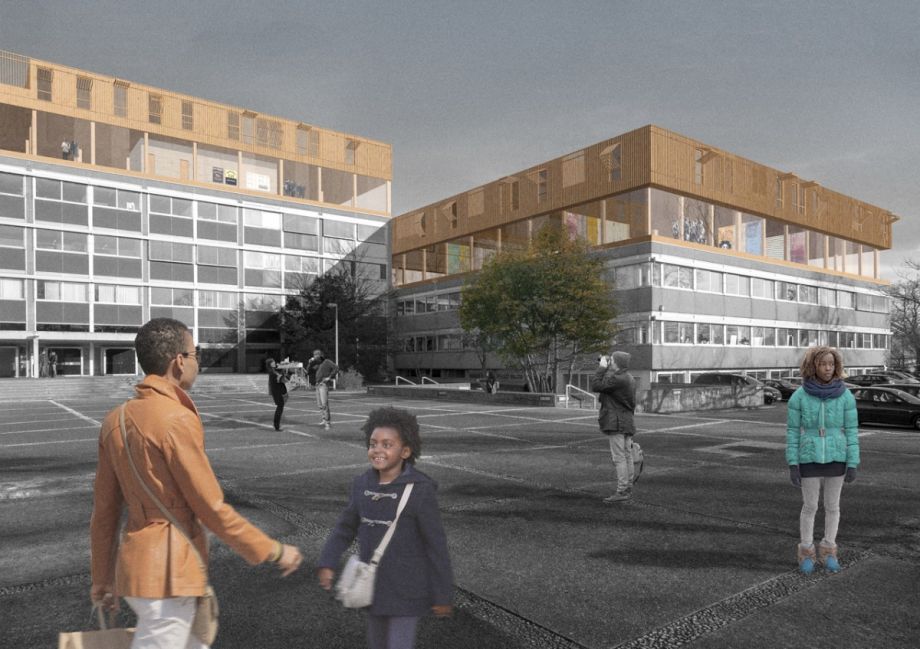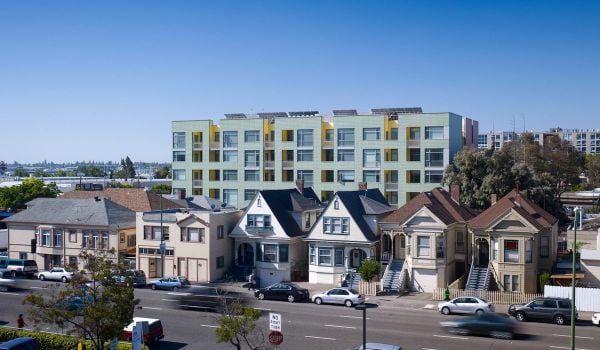For European cities that were already facing housing shortages, architects are increasingly making the case that the influx of tens of thousands of refugees should be seen not as an additional burden but rather as an opportunity to rethink housing for all, according to Fast Company. A host of housing design proposals promise to help Finnish, German and French cities and more accommodate the short-term needs of asylum seekers, as well as the long-term needs of students, seniors, the formerly homeless and low-income people.
“This is a huge opportunity to rethink the resources that we have, not only to serve asylum seekers well, but to serve a lot of disenfranchised communities within our own society,” said architect Marco Steinberg. He led the competition From Border to Home, which aimed to source better housing designs to serve refugees.
One conceptual design presented by architects to the Finnish government earlier this year would create flexible living spaces within standard apartments. Most of the time, tenants would benefit from an extra room. If a surge of new migrants arrived, the government could ask occupants to set up pre-installed partitions, temporarily creating two apartments out of one. Tenants would receive a 25 percent discount in rent for living in one of these “donor apartments.”
The design also integrates refugees with existing Finnish residents, unlike the current system, which most often concentrates asylum seekers in overcrowded tent encampments or makeshift shelters at the edges of cities. (In the Next City op-ed “What Cities Can Learn From Refugees Resettled at a Former Cold War Airport,” Paul Farber makes a case for adaptive reuse of underutilized structures to house refugees.) Integration was a theme in a number of other design concepts. One design planned for Koblenz, Germany, will house both refugees and students in a new building on stilts above a university parking lot.
In Berlin, a group of artists plan to transform a former government complex into housing for refugees and artists, who are being gentrified out of the city. In Paris, a backyard tiny house prototype will soon be built. The concept calls for refugees to learn to build the structures — which would be located in the backyards of existing homeowners — themselves, earning them both a diploma and the skills they may need to seek employment.

IMBY-In My Backyard, a design for backyard tiny houses in Paris by DAT Pangea Quatorze
Other proposals call for emergency housing that can be converted when an influx of migrants slows. “[Politicians] tend to argue that cities are full,” architect and professor Jörg Friedrich told German website DW. “But they’re not. There is plenty of vacant space,” he said, citing the 40 percent of parking garages that tend to sit empty.
Jen Kinney is a freelance writer and documentary photographer. Her work has also appeared in Philadelphia Magazine, High Country News online, and the Anchorage Press. She is currently a student of radio production at the Salt Institute of Documentary Studies. See her work at jakinney.com.
Follow Jen .(JavaScript must be enabled to view this email address)
















